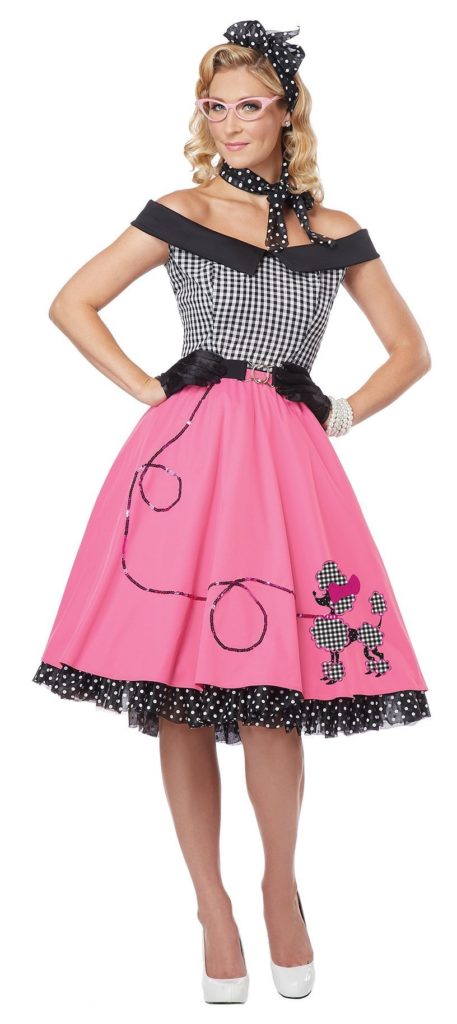The 1950s Fashion Dresses to Wear to Different Occasions

Which type of fashion dresses did women wear to different functions in the 1950s? It was in the 1950s that fashion took a new silhouettes, new form, and new colors. In fact, it was an iconic era that actually seen a vintage retro fashion resurgence like the Rockabilly and Pin Up clothing.
1950s Fashion Dresses at a Glance!
What was regarded as 1940s fashion was turned upside down by Christian Dior in 1947 with New Look. It was huge, intrepid and wholly feminine. The skirts were total while busts were padded to highlight an undersized waist. It was at this period that a large number of women were encouraged to perform their responsibility as homemaker, mother, and wife, and be gorgeous doing so.
In the 1950s, there are two common 50s dress shapes. Full skirt, tea length dress frequently referred to as a ‘50s swing dress is the most popular style these days. The second type was the form-fitting style of dress frequently referred to as wiggle or pencil dress now.
These two styles had self-effacing, and other attributes that made them classic. The two styles were worn equally by women, even though the sheath dress was very unreasonable to put on as a housedress.
1950s Fashion Day Dresses
The day dresses for women in the ‘50s was the full-skirt swing dress in simple cotton solids, thin stripes, plaid, checks and small prints. This choice was because housewives engaged in cleaning, cooking, and attending to the kids. The common design then was the shirtwaist. They are normally in short length of 3/4 sleeves, with large pockets, one collar, and thin corresponding fabric belt.
A woman could keep wearing her housedress when leaving the house, but have to include fancier accessories. This was adequate enough for running light errands or visiting friends. The dress of a woman had to be nicer with coordinated accessories when it comes to catching up with her husband, shopping in the city, going to appointments or any other public outing.
‘50s fashion Cocktail Dresses
In the 1950s, a woman changed dresses to richer materials when going out for an important function in town or when hosting a dinner. Such materials worn include velvet, damask, lace, taffeta, and silk. The safest option was black. 90{aafefad6fa02ef6b61ca674d2ff594eab58273a5f799df192da9ea2670ef696e} of women at a party were wearing a black dress. It was so fashionable and stylish and simple to decorate with fine jewelry and the newest bouffant haircut.
The Evening Dresses of 1950s
A short cocktail 50s dress was not sufficient for incredibly exceptional occasions like going to a ball or theatrical performance. Therefore, long sexy tube gowns or long, floor-length ball gowns were normally worn to these special occasions.